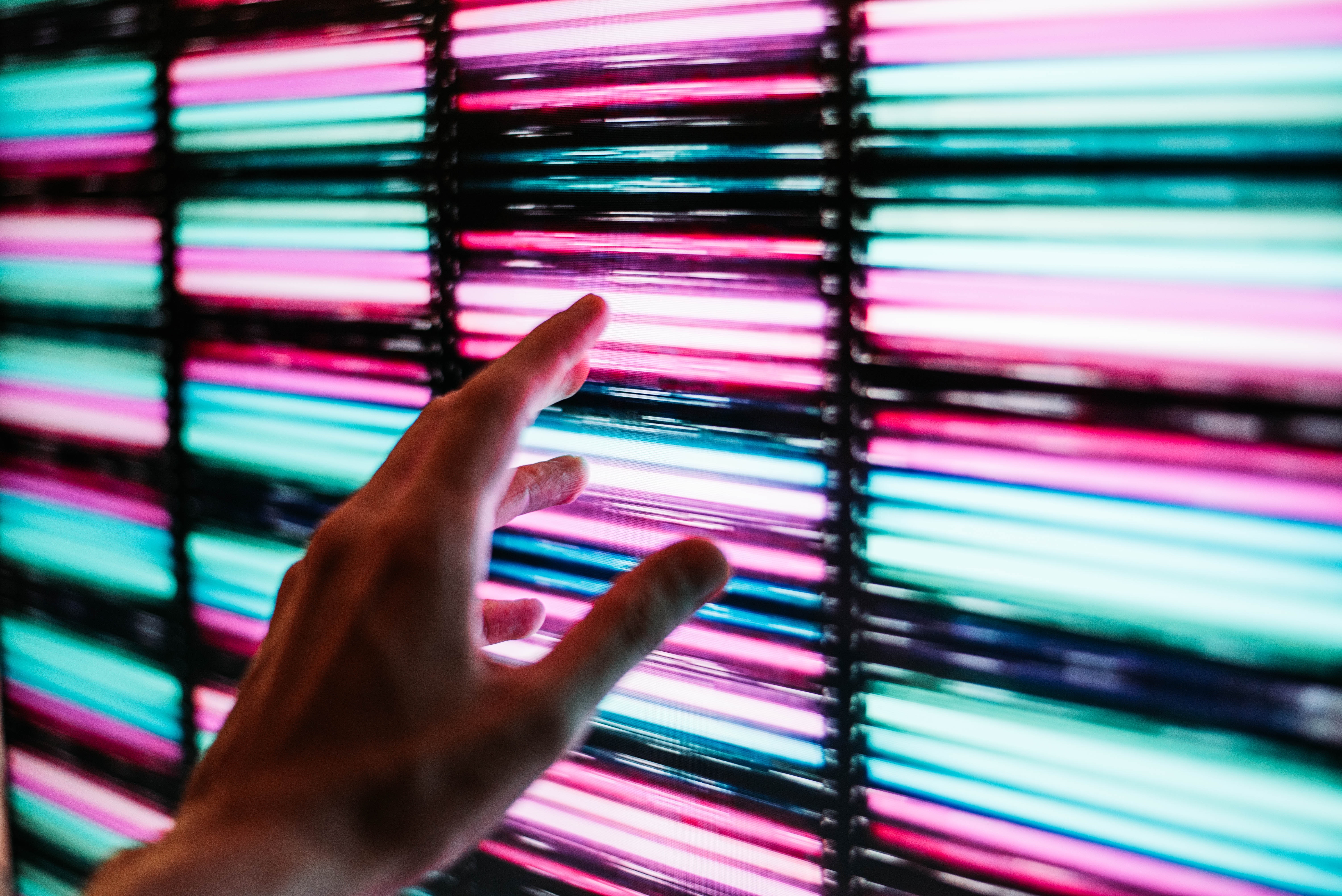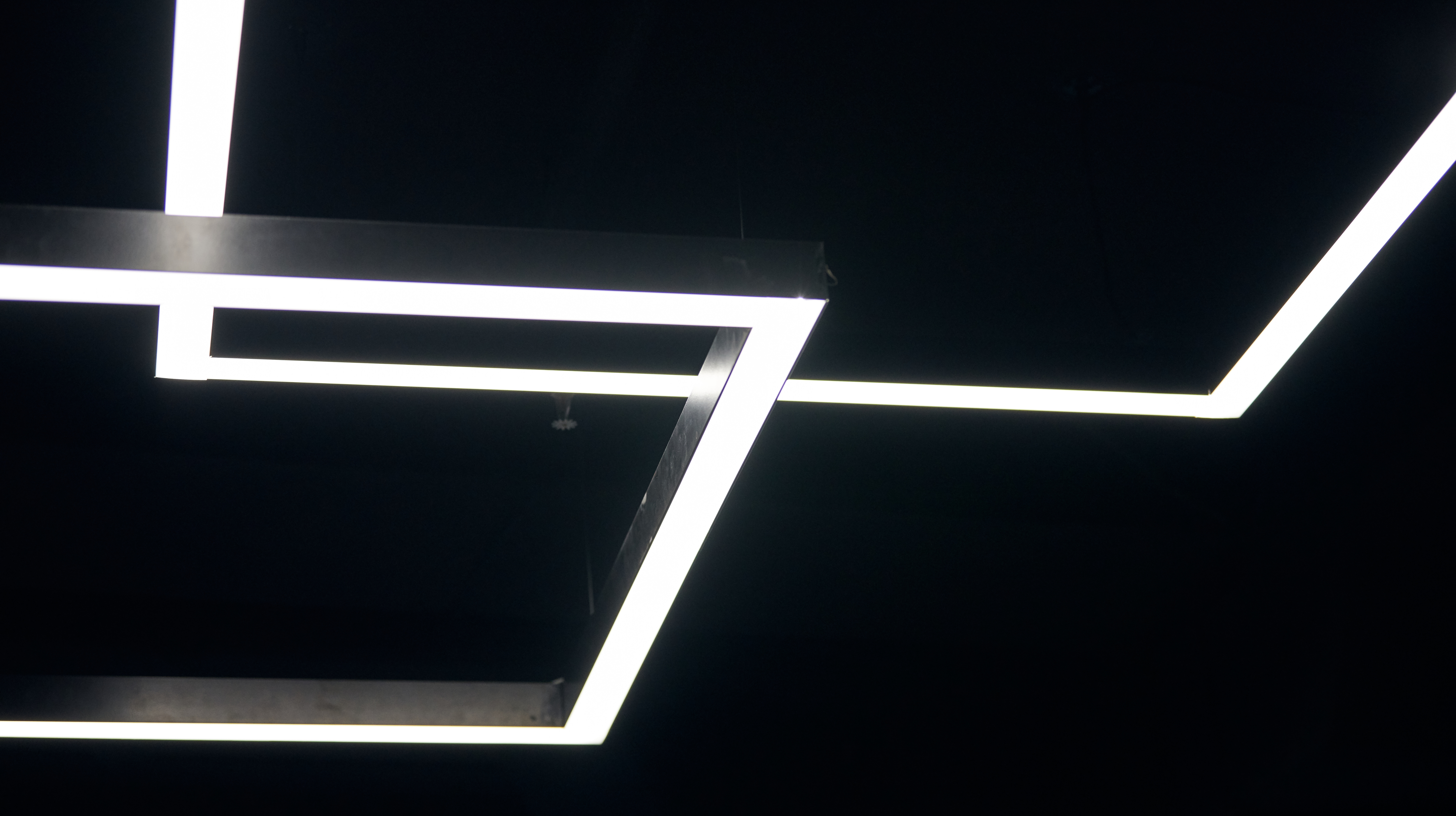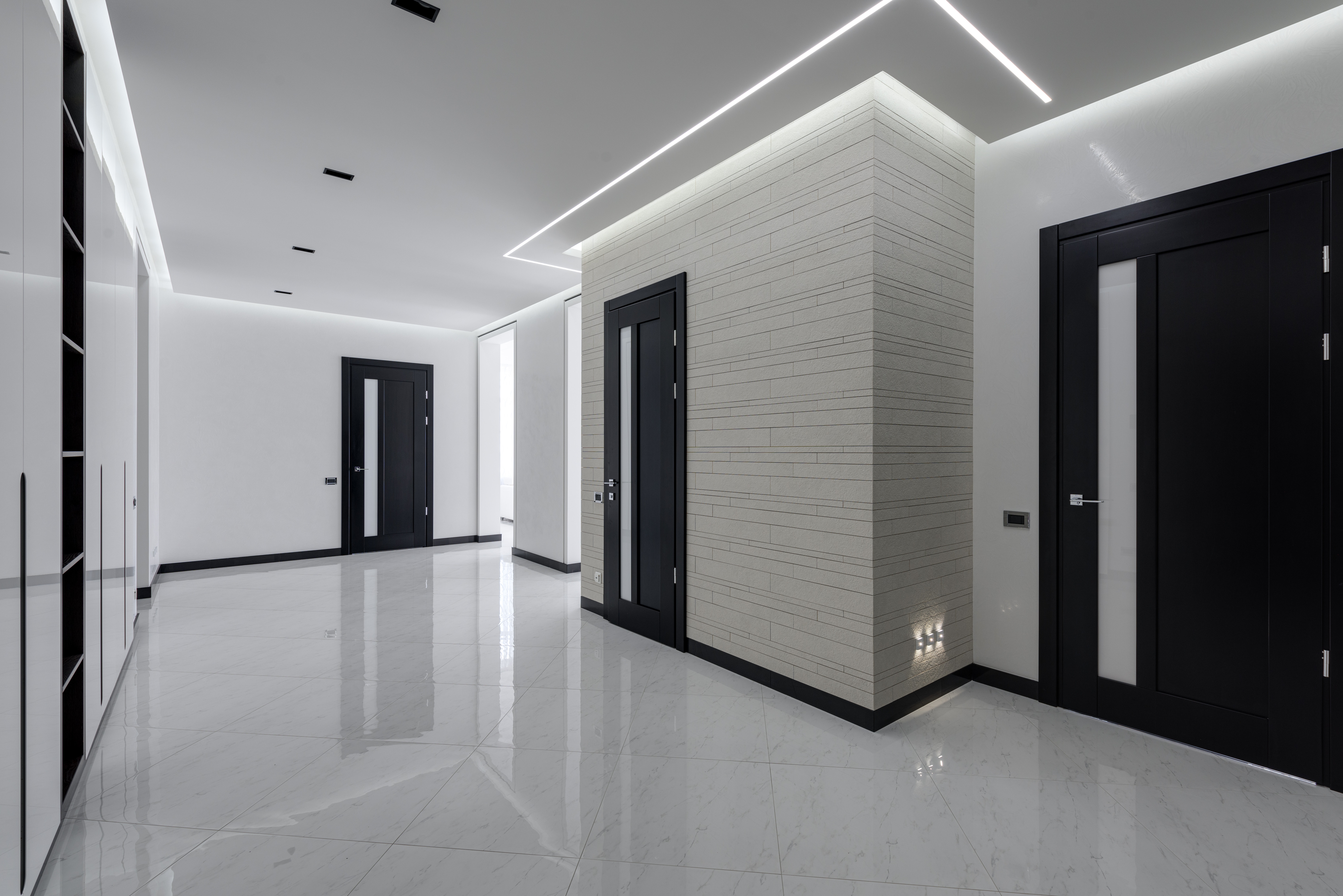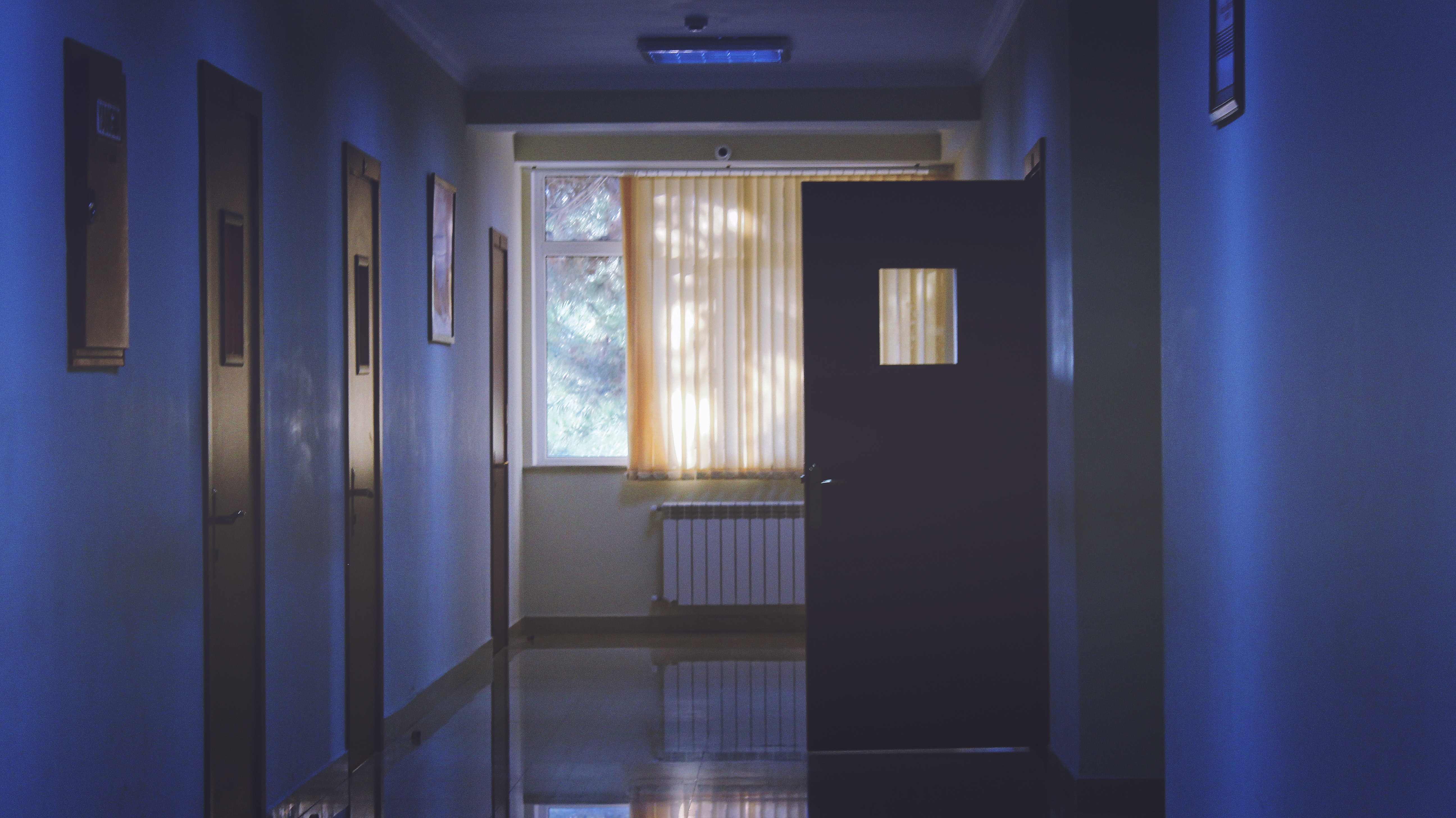2022 Lighting Trends
Wondering what trends are lighting up the new year? From temperature-controlled lighting systems to human-centric lighting strategies, we’re listing out the top lighting trends of 2022!
Enter the future of indoor lighting systems
1. Color Temperature and Wattage Selectable LED Fixtures

When shopping in store or dining in, customers are not only seeking a quality product, but a space that provides an ambience. So, what can you do to provide not only good lighting, but lighting that speaks to your brand, promotes the appropriate neural response, and provides that quintessential vibe that will keep your customers coming back for more?
The answer: Color temperature and wattage selectable fixtures. To determine if this innovative lighting product is right for you, you’ll need to know exactly what color temperature and wattage means.
Color temperature is a gauge of how yellow or blue the light appears when emitted from a bulb, or otherwise known as “warm” light sources versus “cool.” Warm lights have a low color temperature (2200-3000K) while cool light sources are over 4000K. And yes, that concept is a bit confusing to wrap your head around when thinking in terms of temperature, but makes more sense when you think of it in terms of light output and vibrancy.
Wattage is the amount of power a light fixture utilizes. Typically, the higher the wattage, the brighter the light. And LEDs generally consume fewer watts than traditional incandescent or fluorescent lights.
So, how do color temperature and wattage selectable fixtures work? Instead of having a fixed LED of a certain color temperature and wattage, selectable fixtures have adjustable switches or dials that allow you to change the output manually. And some companies are coming out with smart bulbs, products that you can change even more easily with app integrations.
2. Goodbye Ceiling Grids

Don’t be a square—that’s what lighting system companies are saying these days as many offer up two new types of products: The freeform T-bar ceiling light and the laser-like lighting systems, which are LED tube lights that allow for more design options. Both of which allow the user to break free from the typical rectangular ceiling grids we’re used to seeing, and quite frankly, don’t see because of how common and downright boring they can be.
Now, nothing is wrong with effective, well-kept ceiling grids, but having the option to create abstract ceiling art that is not only an effective lighting system, but also beautiful and eye-catching? Well, now you see what we see.
These lighting options take your space from uninspired to eclectic, modern, futuristic, or really any aesthetic you can dream of. There are so many geometric and design applications that these pieces allow you to utilize in your spaces.
3. User-Friendly Lighting Control Systems

Yes, there’s an app for that. Humans live and work by their phones and personal devices, so it’s a natural progression that controlling our lighting systems in all the facilities we live in, work in, and manage would come with its own smart control applications. Some companies allow for customized options based on who needs to control what areas, whether it’s full building-control, individual offices or rooms, or even singular lighting elements.
You can set your preferences, such as for motion control or daylight harvesting, where light sensors automatically adjust to accommodate natural light, or have the option to control on demand.
4. Human-Centric Lighting Applications

While this concept isn’t new, human-centric lighting (HCL) is on the rise as we realize its benefits, specifically in the healthcare field.
But what exactly is human-centric lighting? Well, through various studies, we know how different lighting can affect moods. Take seasonal depression as one of the most obvious examples different light and light exposure can affect the human body. HCL is a holistic approach that observes and provides solutions for how lighting affects wellbeing, productivity, and comfort within a built environment.
Of course, there are pros and cons of choosing human-centric lighting, but as organizations, and healthcare and social institutions continue to take into consideration human responsibility regarding our mental health and wellbeing, we’re going to see more and more efforts to provide environments where people can thrive, be most productive, and feel their best.
The bottom line
Whether your next move in lighting is to design high-end aesthetics with non-grid lighting, create a specific vibe with color temperature, or provide your employees or patients with lighting that promotes wellness, 2022’s lighting trends are only gaining momentum and we’ll see more and more of these trends as we move into the future of lighting and building management.
Sign up for the latest updates in signage, lighting, and facility services!